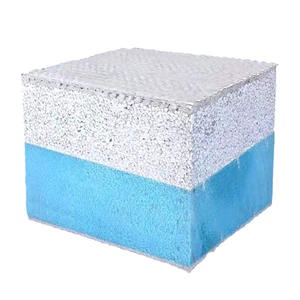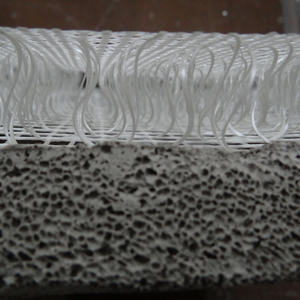Mineral Magic: Enhancing Workability with Admixtures
(Mineral Magic: Do All Admixtures Enhance Workability?)
In the world of construction and civil engineering, the quality of materials plays a critical role in the success and longevity of any project. Among these materials, cement is one of the most widely used substances due to its versatility and durability. However, the properties of cement can be significantly influenced by the addition of various admixtures. Mineral magic refers to the transformative effect of certain admixtures on the workability of cement-based materials.
Admixtures are chemical substances that are added to the mix of raw materials during the manufacturing process or directly to the concrete mix to improve its performance. These additives can enhance the workability of the mixture, allowing for easier handling and placement, which is crucial for achieving optimal results in construction projects.
Workability is defined as the ability of a material to be shaped, molded, or formed into a desired configuration without compromising its structural integrity. For concrete, workability involves factors such as flowability, compactibility, and the time it takes for the mixture to set. Admixtures can play a significant role in enhancing these properties, making the concrete more manageable and reducing the risk of defects.
One common type of admixture used to enhance workability is water-reducing agents. These substances reduce the amount of water required for a given mix design, leading to improved workability while maintaining or even increasing the strength of the final product. This is particularly beneficial in hot weather conditions or when dealing with high-strength concretes, where excessive water can lead to poor workability and reduced durability.
Another example is superplasticizers, which are highly effective water-reducing agents that significantly increase the workability of concrete. By reducing the water content, superplasticizers allow for larger aggregates to be used without compromising the flowability of the mix, leading to stronger and more durable concrete structures.
In addition to water-reducing agents, air-entraining admixtures are used to introduce small air bubbles into the concrete mixture. These air pockets help to relieve internal stresses caused by freezing and thawing cycles, improving the overall durability of the concrete. Air-entraining admixtures are particularly useful in cold climates or for structures that will be exposed to moisture and freeze-thaw conditions.
While mineral admixtures, such as ground granulated blast-furnace slag (GGBS) or fly ash, do not necessarily enhance workability directly, they can significantly improve other properties of concrete, such as its compressive strength, durability, and resistance to corrosion. These admixtures act as pozzolans, reacting with calcium hydroxide in the cement paste to form additional cementitious phases, which can enhance the long-term performance of the concrete.
(Mineral Magic: Do All Admixtures Enhance Workability?)
In conclusion, mineral magic in the realm of admixtures refers to their ability to transform the properties of cement-based materials, particularly in terms of workability. By carefully selecting and utilizing the right admixtures, engineers and constructors can optimize the performance of concrete, ensuring that it meets the stringent requirements of modern construction projects. The enhanced workability provided by these additives not only improves the efficiency of construction processes but also contributes to the creation of safer, more sustainable, and longer-lasting infrastructure.
Inquiry us
if you want to want to know more, please feel free to contact us. (nanotrun@yahoo.com)

